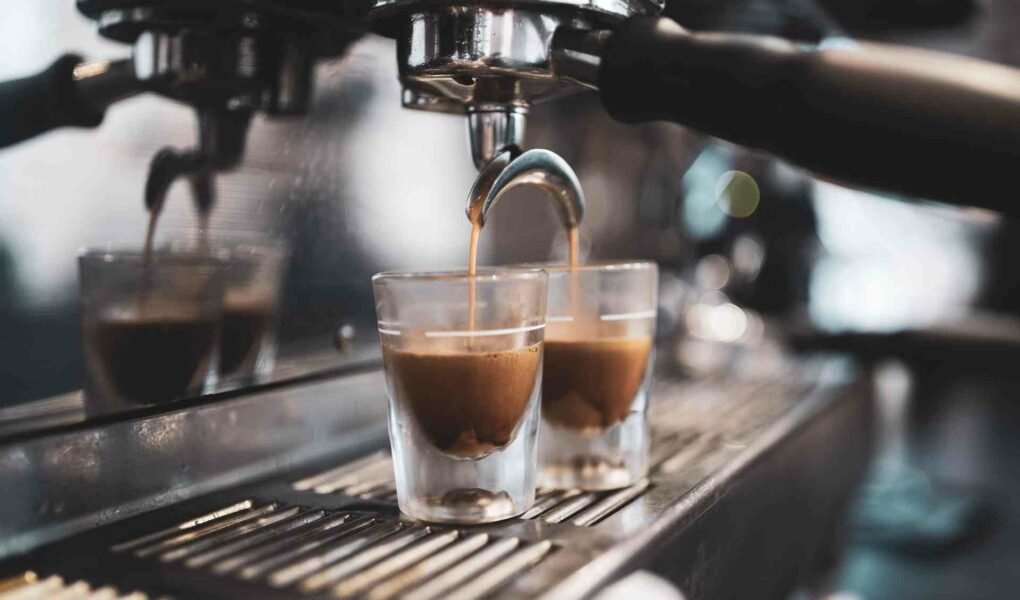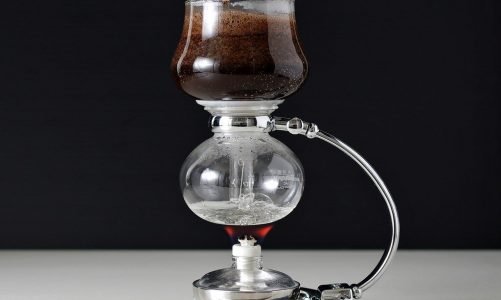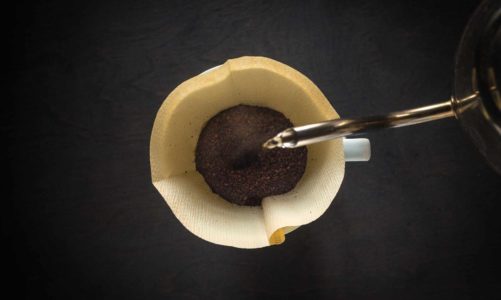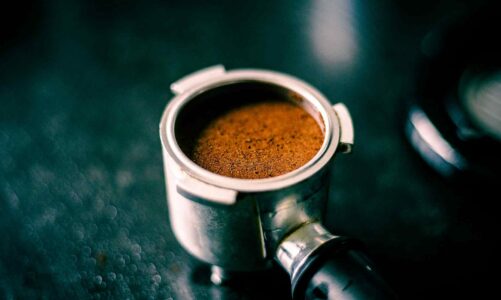A perfect espresso shot is the pinnacle of coffee brewing—an intense, energizing shot that forms the foundation of various coffee beverages. As a beginner barista or a coffee enthusiast with a home espresso machine, mastering the art of pulling a perfect espresso shot is a journey that leads to the satisfaction of creating cafe-quality drinks in the comfort of your own home.
In this guide, we will walk you through the steps and techniques needed to achieve that espresso perfection.
Understanding the Espresso Shot
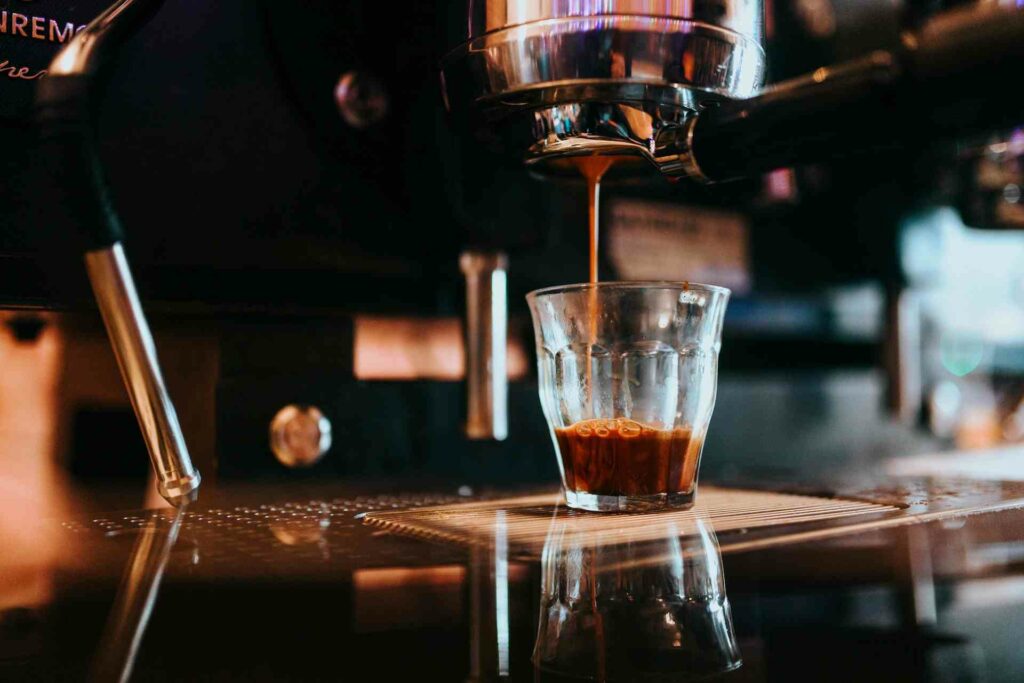
At its core, an espresso shot is a concentrated extraction of coffee brewed under pressure. It is characterized by its rich, full-bodied flavor, velvety texture, and a layer of creamy crema on top. To achieve a well-balanced espresso shot, several key factors come into play, including the dose of coffee, the grind size, and the extraction time.
The Dose, Grind Size, and Extraction Time
The dose refers to the amount of coffee used in each shot, usually measured in grams. Finding the right dose is crucial, as it determines the strength and intensity of the espresso. Too little coffee may result in a weak and watery shot, while too much can lead to an overpowering and bitter taste.
Grind size is another vital aspect that influences the extraction process. A finer grind allows for slower extraction, resulting in a more concentrated flavor profile, while a coarser grind leads to faster extraction and a lighter taste. It is essential to find the right balance that suits your preferences and the specific characteristics of your coffee beans.
The extraction time refers to the duration it takes for water to pass through the coffee grounds during the brewing process. This timeframe plays a significant role in determining the overall taste and balance of the espresso shot. A well-extracted shot will have a sweet spot where the flavors are fully developed, without being under-extracted (weak and sour) or over-extracted (bitter and astringent).
Crema, Body, and Flavor
One of the distinguishing features of an espresso shot is the layer of crema that sits atop the liquid. Crema is the result of emulsified oils and gases released during the brewing process. It should have a rich, golden-brown color and a velvety texture. The presence of crema indicates a well-executed espresso shot and contributes to the overall flavor and mouthfeel.
The body of the espresso refers to its texture and weight on the palate. A good espresso shot will have a smooth, full-bodied character that coats the tongue without being overly heavy or thin.
Lastly, the flavor profile of an espresso shot can vary widely, depending on the coffee beans used, their origin, and the roast level. It can encompass a range of notes, such as chocolate, caramel, fruit, or floral undertones. Achieving a balanced and enjoyable flavor is the ultimate goal when pulling a perfect espresso shot.
Essential Equipment
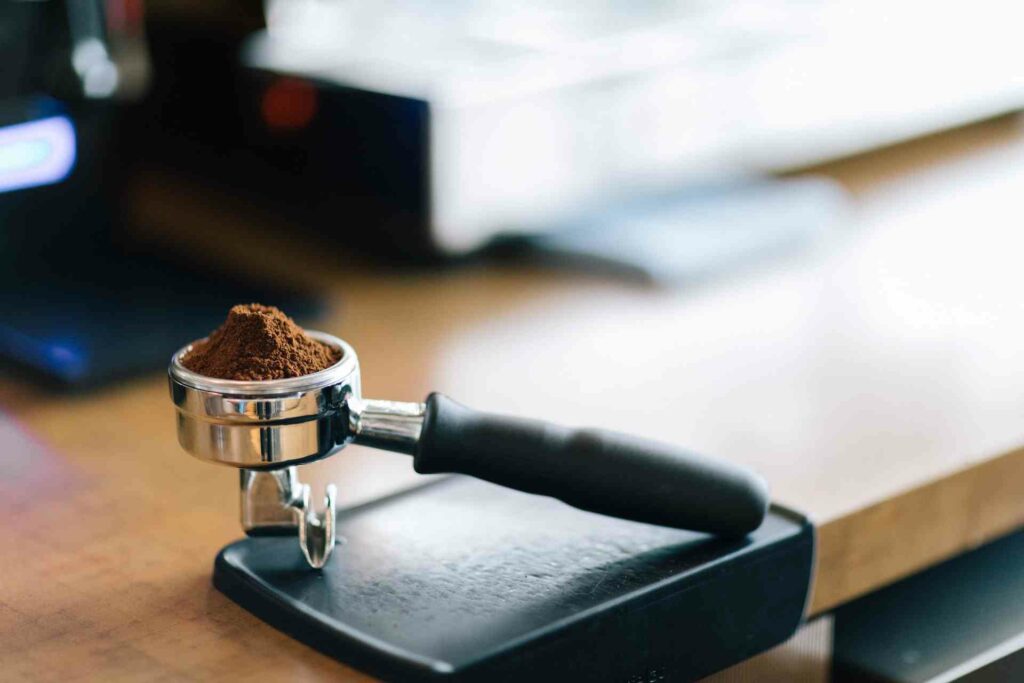
To pull a perfect espresso shot, you’ll need a few key pieces of equipment that are essential for the extraction process:
Espresso Machine: An espresso machine is the heart of your setup. It allows you to control the brewing temperature, water pressure, and extraction time, ensuring consistency and precision. There are various types of espresso machines available, ranging from manual lever machines to semi-automatic and fully automatic models. For beginners and home baristas, a semi-automatic machine is a popular choice as it offers a balance between control and convenience.
Grinder: A high-quality burr grinder is a must-have for achieving a consistent grind size, which is crucial for optimal extraction. Burr grinders offer precise and uniform grinding, allowing you to adjust the grind size based on your preference and the characteristics of the coffee beans. Avoid using blade grinders, as they produce uneven particles that can result in an inconsistent extraction.
Tamper: A tamper is used to evenly distribute and compact the coffee grounds in the espresso machine’s portafilter. It plays a crucial role in achieving a level and consistent puck, which promotes even water flow during extraction. Look for a tamper that matches the size of your portafilter and feels comfortable in your hand.
Weighing Scale: Using a weighing scale ensures accuracy and consistency in your coffee-to-water ratio. Precise measurements of coffee grounds and water are essential for achieving the desired strength and balance in your espresso shot. Look for a digital scale that can measure in grams for better precision.
Recommendations for Home Use
If you’re just starting out or on a budget, there are several affordable options available for each piece of equipment:
- Espresso Machine: Look for entry-level semi-automatic machines that offer good temperature control and stability. Some popular options include the Gaggia Classic Pro, Breville Bambino Plus, or Rancilio Silvia.
- Grinder: Consider investing in a burr grinder like the Baratza Encore or the Capresso Infinity. These models provide consistent grind sizes and are suitable for home use.
- Tamper: You can find budget-friendly tampers made of stainless steel or aluminum. Look for one that matches the size of your portafilter and feels comfortable to use.
- Weighing Scale: A basic digital kitchen scale that measures in grams will suffice for home use. There are many affordable options available in the market.
Choosing the Right Beans
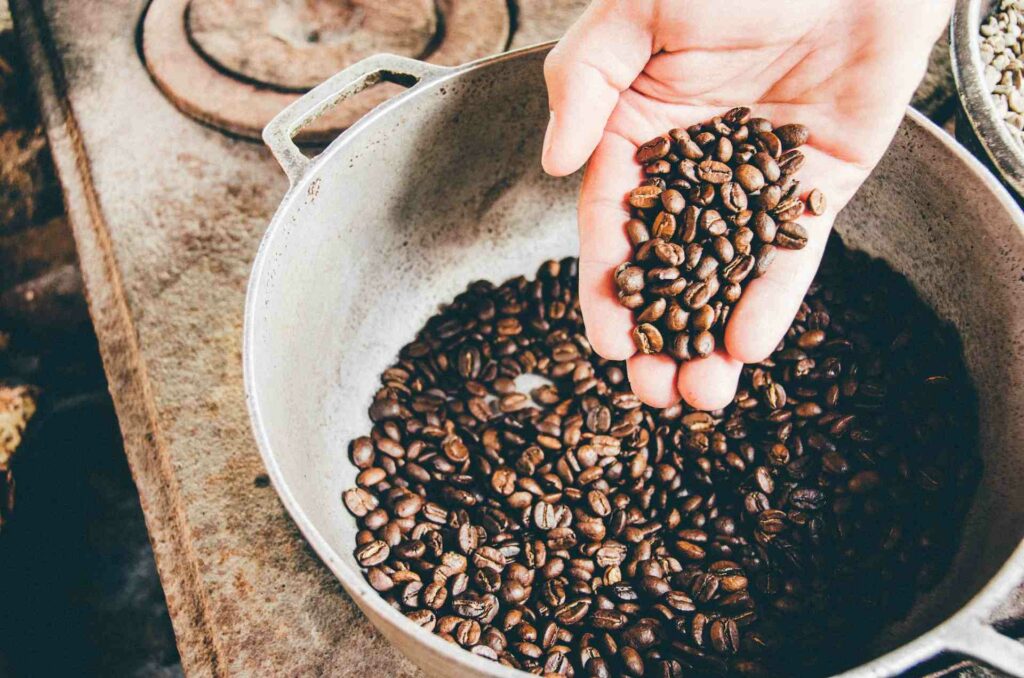
To pull a perfect espresso shot, selecting the right coffee beans is crucial. Here’s what you need to consider when choosing beans for your espresso:
Quality Matters
Opt for high-quality coffee beans that are specifically roasted for espresso. These beans are often carefully selected, roasted, and blended to highlight the flavors and characteristics that shine in espresso extraction. Look for beans from reputable roasters known for their expertise in crafting espresso blends.
Roast Profile and Flavor Profile
Consider your preferred roast profile and flavor profile when selecting beans. Espresso blends typically fall into three categories: light roast, medium roast, and dark roast. Each roast level brings distinct flavor characteristics. Light roasts offer bright acidity and intricate flavors, medium roasts provide a balance of acidity and sweetness, while dark roasts deliver bold and smoky flavors. Experiment with different roast profiles to find the one that suits your taste preferences.
Sourcing Fresh and Specialty Beans
To ensure the highest quality, seek out fresh and specialty coffee beans. Look for local specialty coffee shops, roasters, or online retailers that source their beans from reputable coffee-growing regions. These sources often provide detailed information about the origin, processing methods, and flavor profiles of the beans, allowing you to make an informed choice.
Consider purchasing whole-bean coffee rather than pre-ground. Whole beans retain their freshness and flavors for a longer period. Invest in a quality grinder and grind the beans just before brewing to unlock the full potential of their flavors.
Exploring different origins, such as Ethiopian, Colombian, or Brazilian, can also be an exciting way to discover unique flavor profiles. Don’t be afraid to try single-origin espresso beans or blends that incorporate beans from various regions for a more complex flavor experience.
Grinding and Dosing
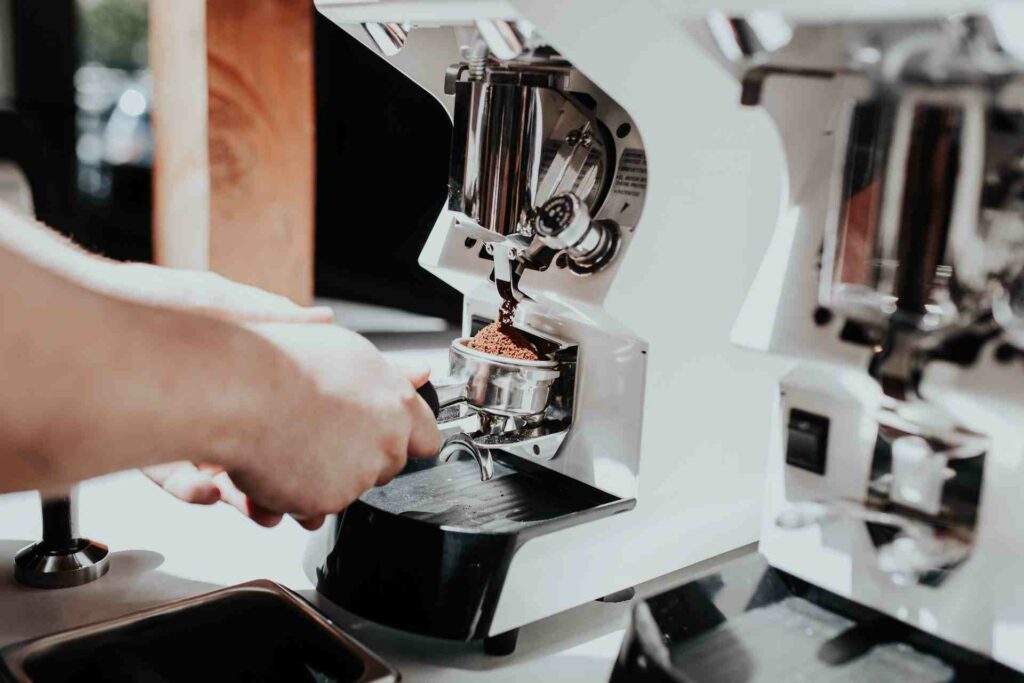
To achieve a perfect espresso shot, the process of grinding and dosing your coffee is crucial. Here’s what you need to know:
Freshly Grinding Coffee Beans
Freshly grinding coffee beans just before each shot is essential for a flavorful espresso. When coffee is exposed to air, it quickly loses its aroma and flavors. By grinding right before brewing, you ensure that the maximum flavor and aroma are extracted from the beans. Invest in a quality burr grinder to achieve a consistent grind size and maintain freshness.
Optimal Grind Size for Espresso
The grind size plays a vital role in espresso extraction. For espresso, a fine grind is typically preferred. The fine particles provide enough surface area for water to extract the desired flavors in a relatively short brewing time. However, the grind size should not be too fine to the point of clogging the espresso machine. Finding the right balance is crucial to achieving the desired extraction and avoiding over or under-extraction.
Dosing and Distribution
Consistency is key when it comes to dosing and distributing coffee grounds for even extraction. Follow these steps for a consistent process:
- Use a scale: To achieve precision in dosing, use a digital scale to measure the appropriate amount of coffee grounds. Start with a standard dose of around 18-20 grams for a double shot, adjusting based on personal taste preferences.
- Distribute grounds evenly: After grinding, distribute the coffee grounds evenly in the portafilter. Use a distribution tool or gently tap the sides of the portafilter to distribute the grounds and create a level bed.
- Tamp with consistent pressure: Tamping is the act of compressing the coffee grounds in the portafilter. Use a quality tamper and apply consistent pressure to create a level and compacted coffee puck. Aim for a pressure of around 30 pounds (14 kilograms) of force.
By maintaining consistency in grinding, dosing, and distribution, you ensure an even extraction of flavors from the coffee grounds, resulting in a well-balanced and delicious espresso shot.
Tamping Technique
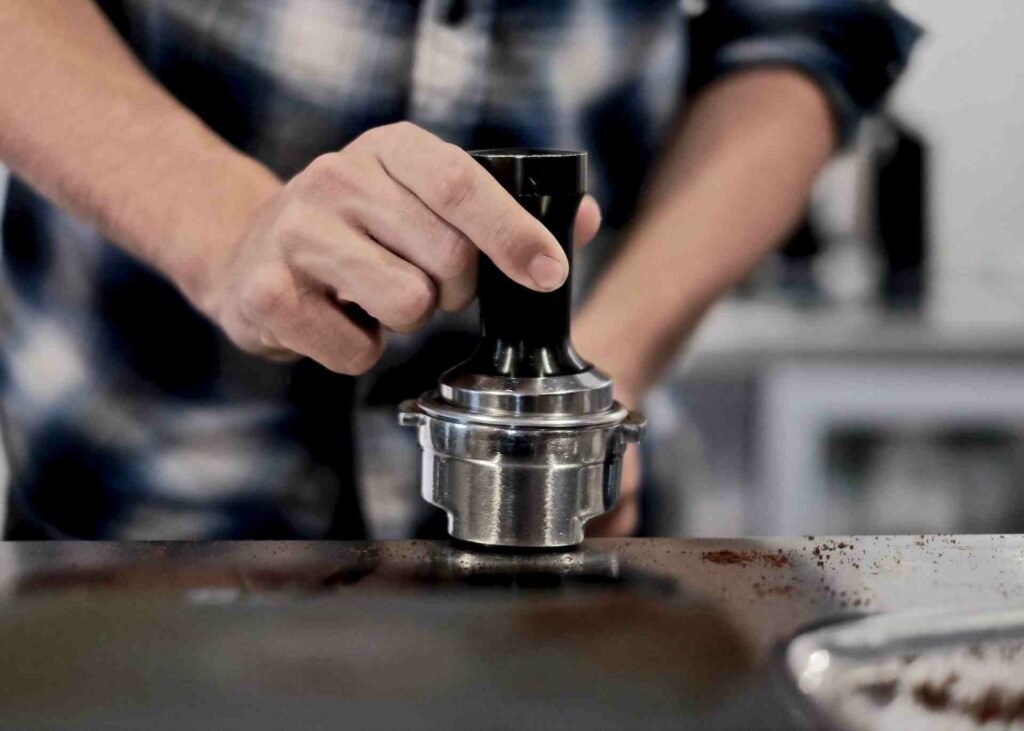
Tamping is a critical step in the espresso-making process that helps create a compact and uniform coffee bed in the portafilter. Here’s what you need to know to achieve a perfect tamp:
Importance of Tamping
Tamping ensures even water distribution and proper extraction during the brewing process. A well-tamped coffee bed promotes consistent water flow through the coffee grounds, allowing for the extraction of desirable flavors and aromas.
Correct Tamping Technique:
- Pressure: Apply firm and even pressure when tamping the coffee grounds. The ideal pressure is around 30 pounds (14 kilograms) of force. Use your arm and wrist muscles to exert downward pressure evenly across the coffee bed.
- Angle: Hold the tamper perpendicular to the counter or surface, ensuring it is centered in the portafilter. This helps achieve an even tamp and prevents channeling, where water finds paths of least resistance instead of evenly passing through the coffee bed.
- Leveling: Before tamping, ensure the coffee grounds are evenly distributed and leveled in the portafilter. Use a finger or a distribution tool to create a flat surface. This step helps achieve consistent extraction and prevents uneven channeling.
Tips for Consistent Tamping:
- Practice and consistency: Developing a consistent tamping technique takes practice. Focus on maintaining the same pressure and angle for each tamp to achieve uniform results.
- Use the right tamper: Invest in a high-quality tamper that fits the size of your portafilter. A properly fitting tamper provides better control and promotes a more even tamp.
- Visual cues: To ensure a level tamp, visually inspect the coffee bed before tamping. If the surface appears uneven, gently distribute and level the grounds again before tamping.
- Avoid excessive force: While applying sufficient pressure is important, avoid exerting excessive force as it can lead to over-extraction or damage to the espresso machine.
By mastering the tamping technique and maintaining consistency in pressure, angle, and leveling, you’ll ensure a well-prepared coffee bed that contributes to a balanced and flavorful espresso shot.
Shot Pulling Process
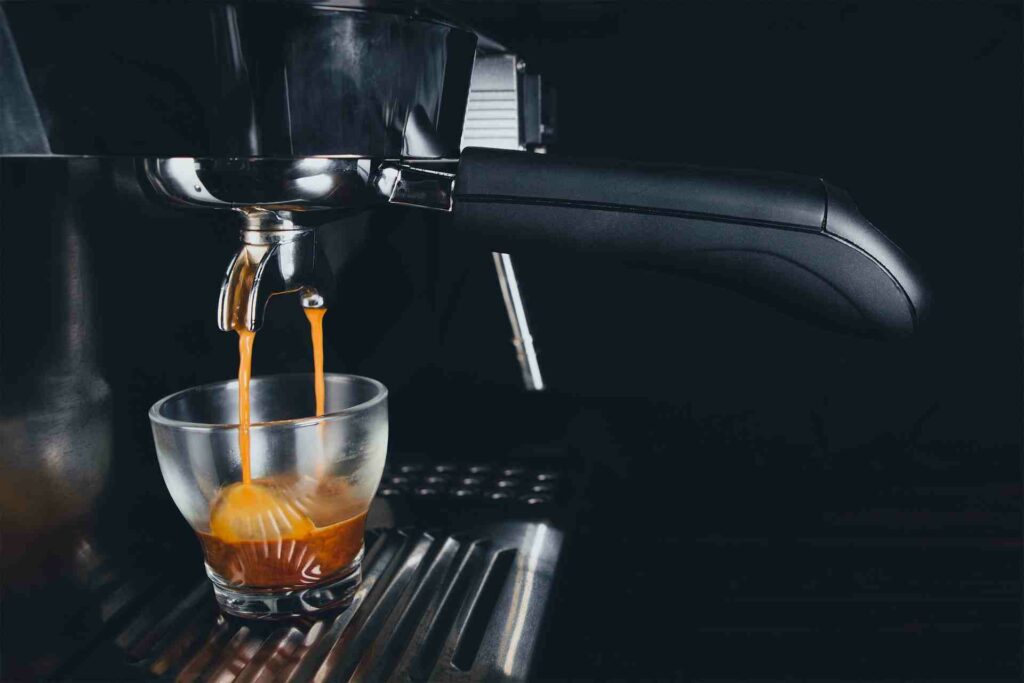
The shot-pulling process consists of pre-infusion, extraction, and shot timing. Follow these steps to pull a perfect espresso shot:
Pre-Infusion:
- Preheat your espresso machine and portafilter to ensure proper temperature stability.
- Insert the portafilter into the machine and initiate the pre-infusion phase. Pre-infusion involves saturating the coffee grounds with hot water before full extraction begins. This helps release trapped gases and prepares the coffee for optimal extraction.
Extraction:
- Start the extraction by activating the brew button or lever. The water will flow through the coffee grounds, extracting the flavors and oils.
- Pay attention to the visual cues during extraction. The espresso should have a consistent, steady flow resembling a thin stream. If it flows too fast or too slow, it may indicate an issue with grind size or tamping pressure.
Shot Timing:
- Aim for a total shot time, including pre-infusion, between 25-35 seconds. This time frame allows for proper extraction and balance between flavors.
- Adjust the grind size if the shot pulls too fast or too slow. Finer grind results in a slower extraction, while a coarser grind speeds up the process.
Ideal Shot Parameters:
- Brew Ratio: Aim for a brew ratio of 1:2, which means using twice the amount of espresso output compared to the amount of coffee grounds. For example, if you dose 18 grams of coffee, aim for an output of 36 grams of espresso.
- Extraction Time: The ideal extraction time is around 25-30 seconds, including pre-infusion. This duration ensures the extraction of desirable flavors without extracting excessive bitterness.
Step-by-Step Shot Pulling Process:
- Grind freshly roasted coffee beans to a fine consistency suitable for espresso.
- Dose the appropriate amount of coffee grounds into the portafilter.
- Distribute the grounds evenly and level the surface using a distribution tool or your finger.
- Tamp the coffee grounds evenly with firm and consistent pressure.
- Place the portafilter back into the espresso machine and start the pre-infusion phase.
- Once pre-infusion completes, start the extraction by activating the brew button or lever.
- Observe the flow of the espresso and adjust grind size or tamping pressure if necessary.
- Aim for a total shot time of 25-35 seconds, including pre-infusion.
- Once the desired espresso volume is reached, stop the extraction.
Problems and Adjustments
Even with the best techniques, troubleshooting may be necessary to overcome common issues and challenges while pulling espresso shots. Here are some tips for addressing and adjusting shot quality:
Common Issues:
- Under-Extraction: If the shot tastes weak, sour, or lacks body, it may be under-extracted. This could be due to a coarse grind, insufficient brew time, or low brewing temperature.
- Over-Extraction: If the shot tastes bitter, astringent, or has an overpowering flavor, it may be over-extracted. This can result from a fine grind, prolonged brew time, or high brewing temperature.
- Imbalanced Shots: Imbalanced shots may have a combination of under-extracted and over-extracted characteristics, resulting in a less-than-ideal taste experience.
Troubleshooting Tips:
- Adjust Grind Size: For under-extracted shots, try a finer grind to slow down the extraction. For over-extracted shots, coarsen the grind to speed up extraction.
- Modify Brew Time: Increase the brew time for under-extracted shots by extending the shot duration. Conversely, decrease the brew time for over-extracted shots by stopping the shot earlier.
- Adjust Brew Temperature: Experiment with adjusting the brew temperature, if possible, to find the sweet spot for extracting flavors. Lower temperatures can reduce bitterness, while higher temperatures can enhance sweetness.
- Evaluate Tamping Pressure: Inconsistent tamping pressure can lead to uneven extraction. Ensure a consistent and level tamp for a uniform coffee bed.
Importance of Experimentation and Adjustments:
- Every Setup is Unique: Remember that espresso extraction is influenced by various factors, including the coffee beans, machine, grinder, and environmental conditions. It may take some experimentation to find the optimal settings for your specific setup.
- Keep a Journal: Maintain a shot log to track adjustments, variables, and tasting notes. This will help you identify patterns and make more informed adjustments in the future.
- Taste and Adjust: Regularly taste your espresso shots and analyze their flavor profiles. This will help you understand the impact of adjustments and guide you in achieving your desired taste.
Remember, pulling the perfect espresso shot requires practice, patience, and a willingness to experiment. Don’t be afraid to make adjustments and explore different variables to unlock the full potential of your espresso machine and coffee beans.
The Final Sip
Pulling a perfect espresso shot is an art that requires attention to detail, practice, and an understanding of the key factors involved. By selecting high-quality beans, mastering the grind, tamping consistently, and fine-tuning the shot pulling process, you can elevate your espresso experience at home.

